Information
SRDL 2025 Series Official Rulebook
SECTION 0.0 – ANNOUNCEMENT
We will begin Part 1 of the series with a qualifying round searching for 32 drivers to compete in the 3-round street car events. Registration for qualifying is OPEN with NO CUTOFF AMOUNT. Those 32 drivers are locked in for the entire 3-round street car portion of the series. We will also have the 8 drivers qualifying in slots 33-40 as back-up drivers which will be called up in order if a driver who did qualify has an emergency and cannot be present for a round.
Once Part 1 of the series is complete, the points will be tallied, and the top 8 drivers will automatically be qualified to enter the Part 2 Pro Am Series without having to participate in the qualifying round for the Part 2 Pro Am Series. We will then run a qualifying round searching for 24 drivers to participate and fill the top 32 for the Pro Am Series.
If you participated in Part 1 of the series and didn’t make the top 8, don’t fret! You can re-qualify for the Part 2 Pro Am Series during the open qualifying round for Part 2!
The top 16 drivers from the Part 2 Pro Am Series will automatically qualify for the Part 3 Pro Series and will not need to qualify for the Pro Series. We will then run another open qualifying round searching for 16 drivers to fill the top 32 for the Pro Series.
Ultimately, your points will begin to accumulate at the start of the first round of the Part 1 Street Series. If you wish to only compete in the Pro Am or Pro Series’, that is also an option to skip out on one portion of the series. However, the best way to accumulate points is to hop in early and get those qualifying slots locked in through competing!
Sign up registration for qualifying will open at 7pm CT on February 12th 2025 and will be open until February 21st at 7pm CT for Part 1 (Street series) of the SRDL 2025 Series. The Official Rulebook will be posted on February 15, 2025.
Each round will be streamed as usual on our YouTube channel, shadowrealmdrift.
Prizes are to be determined at a later date, but we WILL have prizes for the top 3 point earning drivers across the 3-part series.
And we are more than excited to announce that the 2025 SRDL Series is FREE to enter!
Please see the tentative schedule below, but know the dates for the Part 1 Street Car Series with Team SWARM V3 Car Pack are locked in.
Part 1, Street Series – Team SWARM V3 Car Pack (Winter/Spring)
(Cars will be on Team SWARM st tires)
Open Qualifying – February 22nd at Shadow Valley Layout B
START TIME: 12:30 PM Central US Time
(this will be streamed at low production value to ensure drivers/spectators can see the runs publicly and for driver communication)
Round 1 – March 1st at ACS Sebring International Raceway
Round 2 – March 22nd at Ultimate Drift Speedway Music Park
Round 3 – April 5th at Shadow Valley Layout A
Part 2, Pro Am Series – SRDL Pro Am V3 Car Pack (Spring/Summer)
Open Qualifying – TBD
Round 1 – TBD
Round 2 – TBD
Round 3 – TBD
Part 3, Pro Series – SRDL Pro Car Pack V2 ( yet to be released ) (Summer/Fall)
Open Qualifying – TBD
Round 1 – TBD
Round 2 – TBD
Round 3 – TBD
SCORING
Scoring will be provided for qualifying live with an updated document viewable by all competitors and spectators.
Scoring for each SRDL 2025 competition series round will be determined as follows:
1st place – 100 points
2nd place – 85 points
3rd place – 70 points
4th -8th place - 50 points
9th -16th place- 35 points
17th – 24th place - 25 points
25th – 32nd place – 10 points
SECTION 1 SERVER RULES
1. Be kind and respectful. Do not engage in any harassment or hate speech (this includes bigotry and slurs)
2. No witch hunts or brigading. Don’t encourage others to harass individuals or organizations either within or beyond this community.
3. Avoid knowingly misinforming the community.
SECTION 2 ON TRACK
1. While in pits all driver must;
1.1 No speeds over 20MPH (30KPH) while in pits
1.2 There will be no ramming in pits or on track
1.3 No engine revving and or driving in pits whilst track is hot (during comp track is hot at all times unless otherwise stated by Shadowrealm Staff).
2. While on track drivers must;
2.1 Stop at the starting gates and wait for further instructions.
2.2 No Practice runs during the staging period, unless stated otherwise by shadowrealm staff. Failure to adhere to rules (Section 2 Rule 2.2) will result in disqualification and possible further action.
2.3 Have chat window open at all times.
2.4 No resetting to pits during your run. This will count as a DNF for that half of the battle.
2.5 Do not ram the light, this will result in a DNF for comp.
SECTION 3 Competition
1. General
Shadowrealm is a free sim drift league based on Formula Drift ruling. Our intention is to bring in new and competitive drivers to the sim world. We are a for fun comp but with a points system. We run two judged solo runs with the below criteria (section 3.0). Once all drivers are judged the top 32 of those drivers qualified will go head-to-head in a single elimination bracket.
This rule book is intended to be a guide for judges to make a ruling on each battle. In a situation where a ruling is not clearly covered in this rule book it will be up to judge discretion to make a call on said situation with these rules in mind.
Amendments will be made to ruling if something is unclear. Shadowrealm staff will engage in conversation to clear up said rule and make a “final call”.
2. Before beginning a battle
2.1 Start Light procedure
Both drivers will come up to the line which indicates the beginning of the track. The top driver in the bracket is leading. At the line a Shadowrealm staff will be operating the “SR Start Lamp”. The staff member will be responsible for signaling when the drivers can leave the line.
Lead driver must come up to the line. Chase drivers can set up behind the start line but must not pass the starting line. Lead driver must only go on green, jumping start light will result in a rerun.
Chase drivers are allowed to jump light to maintain proximity off the line.
Depending on the track there may be a chicane. (figure 1)
(Figure 1)
2.2 Chicane
During the chicane if a cone is hit (Figure 1) by the lead driver the run is immediately restarted.
2.3 Restarts
The lead driver may only restart 3 times. This can be for a cone hit, start light jump, stall out on the line, or any other reason. The judges will consider the run a restart and the faulted driver will receive a “strike” up to two times before receiving a DNF for the third “strike.”
The chase driver should not hit any chicane cones. If chase does hit a chicane cone it will not result in a restart.
2.4 Initiation
The vehicle must be sideways as it passes the latest initiation point marked by a single standing cone in the “3, 2, 1” cone sequence placed trackside. (Figure 2)
SECTION 4.0 QUALIFYING
During qualifying your main objective is to complete a 100 point run. The judging criteria for qualifying is Line, Angle, and Zone Coverage. All judges will give a score based on these three criteria. Then an average of all judge scores will be calculated and a final score will be given.
MOMENTUM MAP The MOMENTUM MAP provides a graphical representation of the “MOMENTUM ZONES “on the course where the judges allow the lead vehicle to make a visible change in momentum of the vehicle. (Figure 3) Lead runs that do not conform to the graphical representation of the course will receive deductions. The MOMENTUM MAP can be used to ascertain fault in tandem Contact with an Incomplete. Figure 3 is merely an example of what a momentum map could look like.
Figure 3
SECTION 5.0 TANDEM INITIATION PROCEDURE
In an effort to give drivers the choice of which initiation technique they would like to utilize, an initiation procedure has been implemented that must be followed by both the lead and chase drivers.
SINGLE FILE INITIATION-
• The lead driver can initiate using any method they choose.
• The lead driver has the right of way from the start line to the initiation point.
• However, the lead driver must exhibit a committed approach to the initiation point and will be held accountable if any mistakes or issues arise between the start line and the initiation point, just as they would from the initiation point to the finish line.
•
Lead driver can make no more than 2 moves to initiate.
• The chase vehicle must not impede the lead vehicle in any way between the start line and the initiation point. Doing so will put the chase vehicle at a disadvantage.
• The chase driver may position their vehicle anywhere behind the lead vehicle as long as it does not impede the lead vehicle's ability to initiate with their chosen method.
• The lead driver must not pass the divider line before initiation (if one is present on the track); this will result in a deduction in points. Please see figure 4
5.0 TANDEM JUDGING CRITERIA
5.1 LEAD DRIVER GOALS:
• Run the best possible lead run with line, angle, initiation and transitions as dictated by the judges in the drivers briefing
• Run a chaseable lead run
• Follow the MOMENTUM MAP
5.2 LEAD DRIVER COMPROMISE EXAMPLES:
• Less angle than the “perfect qualifying run;”
• Tighter line than the “perfect qualifying run;”
• Poor transitions ;
• Trying to get away from the chase driver in any way that compromises line, angle or style. A lead run filled with compromises will be a run with a disadvantage, all other things being equal.
5.3. CHASE DRIVER GOALS:
• Initiate no later than the lead driver;
• Maintain close proximity to the lead driver with as much duration as possible;
• Match or better the lead driver’s angle;
• Mimic the lead driver’s transitions and line throughout the course;
• Remain in drift until the finish line has been passed;
• Have knowledge of your competitor’s tendencies in competition. Including but not limited to: Grip level, speed, general angle, general tendencies, and/or anything pertinent to reasonably adjusting to the fellow competitor.
5.4 CHASE DRIVER COMPROMISES:
• Cheating the line compared to the lead vehicle;
• Less angle compared to the lead vehicle;
• Timing and location of initiation;
• Timing of transitions and overall driving compared to the lead vehicle;
• Chase driver not preparing or having proper knowledge of the lead driver’s grip level, speed, general angle, general tendencies, and/or anything pertinent to reasonably adjusting to the fellow competitor.
SECTION 6.0 TANDEM ELIMINATION FORMAT
The tandem battles are single elimination battles consisting of two runs per battle with the winner moving on in the bracket. The higher bracket position will always lead the first run.
In tandem competition, there is equal weighting on both drivers to perform. The driver that can win both the lead and the chase runs or do better overall between the two runs will win.
Identifying Cause and Effect relationships as it pertains to drivers competing against each other is absolutely essential when a judge is trying to determine what cause each driver does to create an effect to the other driver. Contact and mistakes are all viewed through this process, especially when drivers are within proximity, and it becomes a reasonable inference for a judge to draw a conclusion using this method.
In general, the lead driver is expected to run the lead run as close to a “perfect qualifying run” as possible, but if mistakes happen that affect the chase, it can result in the lead driver receiving a deduction or an Incomplete, if the mistake was deemed too difficult for the chase driver to adjust or compensate. A lead drivers run should always be consistent with idea that the driver is running a solo qualifying run and running the appropriate line dictated by the judges in each driver briefing.
Additionally, the chase driver is expected to mimic the line of the lead driver, while matching or bettering the angle. The chase driver is encouraged to follow the lead driver as closely as possible and may be protected if the lead driver makes a mistake that causes the chase driver to make a mistake. However, if a lead driver makes a mistake and that mistake is deemed possible for the chase to also make an adjustment (or compensate) and the chase driver does not make that adjustment, the chase driver may receive a deduction.
Each tandem battle consists of 2 runs, giving the drivers the opportunity to be in both the lead and chase positions.
Run 1 - Driver A is in the lead position, with Driver B in the chase position.
Run 2 - Driver B in the lead position and Driver A in the chase position.
Mimic is generally applied to the Line criteria because the judges want the chase driver to follow the location, timing, and rate of rotation during transition of the lead driver, in order to have the best, most exciting tandem action.
Judges will watch both Run 1 and Run 2. They will also compare both lead runs and both chase runs and then determine which driver was the better overall driver once both runs have been completed. It is not enough to compare, “lead to lead and chase to chase” to determine a winner. The judges need to also look at which driver did better overall in all aspects of the judged criteria.
If one judge votes for Driver A, one judge votes for Driver B and one judge votes for One More Time (OMT), due to a lack of majority vote, a One More Time (OMT) will automatically be called.
A judge may use a OMT anytime they feel that the battle is evenly matched/scored.
If a user is experiencing connectivity issues and/or software hardware issues and is unable to pull to the line for the battle, the remaining vehicle must make a Bye Run to be able to move on in the competition.
SECTION 7.INCOMPLETE TANDEM RUNS
If a driver makes any of the following mistakes in a tandem run, the driver will not receive a score for that run and therefore the run will be considered Incomplete.
The following constitute an Incomplete in tandem:
• Spinning Out – Defined as over-rotating the car to approximately 180 degrees from the intended direction.
• Stoppage of Drift - which is defined as either of the following: - The front wheels going to zero degrees for one second or more - One second of stopping the required forward path (going off-line at angle and stopping or slowing aggressively with the front wheels still at angle).
• Opposite Drift – Defined as drifting with the opposite angle required at that point on course combined with losing speed, momentum or the appropriate pace for that section of the course.
• Contact with the other driver that is considered “avoidable” or unsportsmanlike
• A chase driver intentionally not chasing the lead driver after an Incomplete was scored on the previous run. This is known as an Inactive Chase.
• Performing an Illegal pass - results in an Incomplete for the chase driver
7.2 LEAD DRIVER INCOMPLETES:
• If the lead driver Incompletes anytime on course, the run is deemed over at the point of the Incomplete. The chase driver may go around the lead if he is spun or stopped.
• If the lead driver Incompletes and remains in front of the chase driver (EXAMPLE: lead driver straightens or stops drifting but continues forward progress) and the lead continues to drive and finish the course, the chase driver may do so as well, but strictly from a judging point of view the run is over at the point of the Incomplete deemed by the judges.
7.3 CHASE DRIVER INCOMPLETES:
• If the Chase driver Incompletes the chase will receive an Incomplete for that run, however the Lead driver must continue to finish the course to receive a completed and judged run because he is unobstructed and not affected by the Chase who Incompleted behind him, independently of any other factors.
7.4 INCOMPLETE EXAMPLES:
• If a Tandem Battle has an Incomplete in both Lead Runs, the result is an automatic OMT.
• If a Tandem Battle has an Incomplete in both Chases, the Lead runs from both drivers can be compared and either a winner or a OMT can result as determined by the Judges
• If a Tandem Battle has Incompletes by both the Lead and the Chase in the same run, the previous or the next run will determine the winner, be it judged equal, Driver A or Driver B by the judges. The judges will use the Lead and Chase Driver Responsibilities and Compromises to determine who did better in that run, Driver A, Driver B or OMT.
SECTION 8.0 TANDEM CONTACT
Vehicle Contact in drifting is something we recognize as part of the sport, however Contact of vehicles while in a tandem battle requires specific rulings and guidelines.
8.1. RUN 1 CONTACT WITHOUT AN INCOMPLETE
In the event of contact without an Incomplete (which is defined as when a vehicle touches another vehicle and/or part of the course) and generally stays uninterrupted in line and angle, judges will not determine fault for the incident. Where a driver/vehicle IS interrupted in line, angle, or momentum, judges will determine fault for the incident and deduct from the at-fault driver.
9. FUTURE ADDENDUMS
This SRDL 2025 Series Official Rulebook is subject to change and all drivers will be notified of any changes via the #Comp-Announcement channel and role in the shadowrealmdrift Discord.
Login to post a comment.


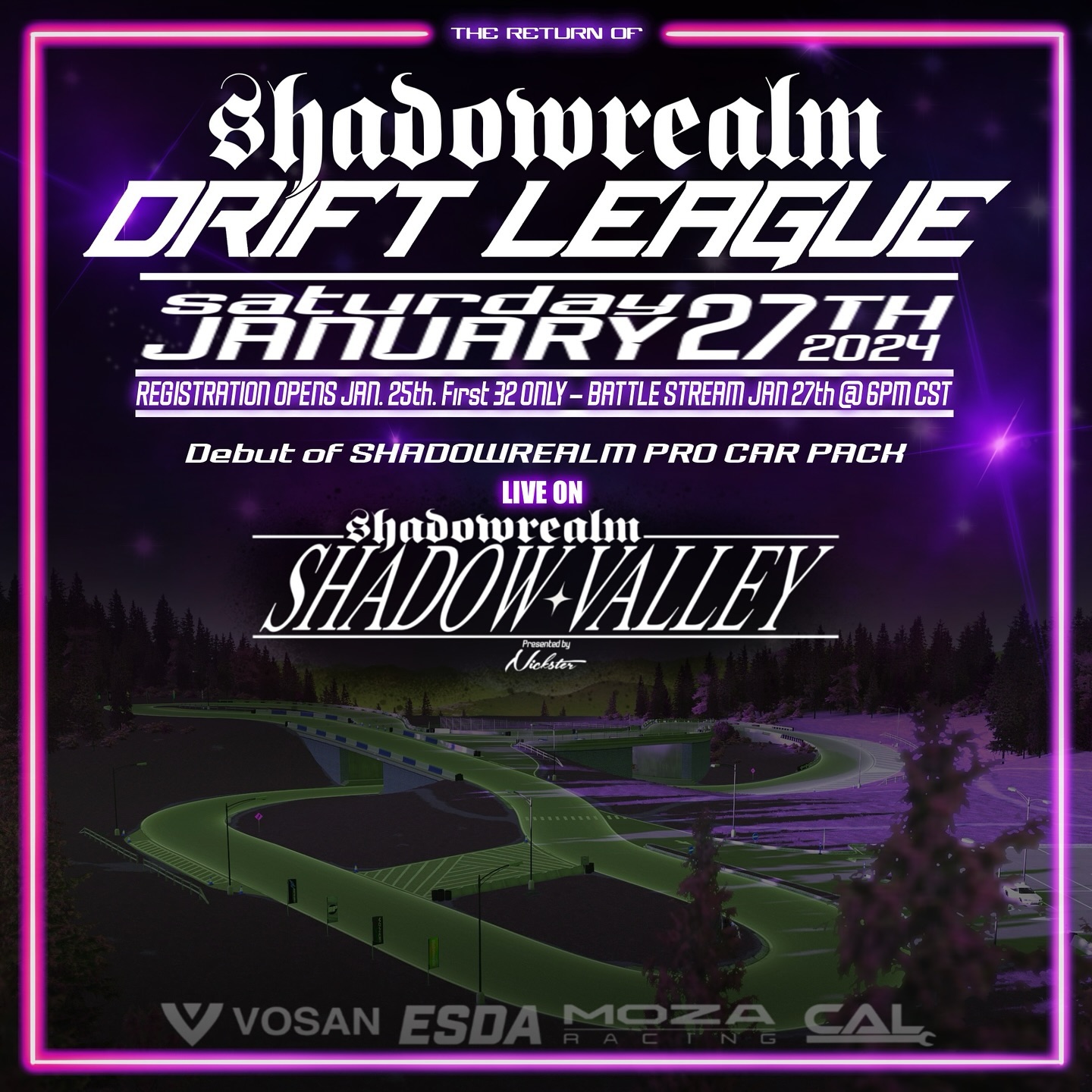
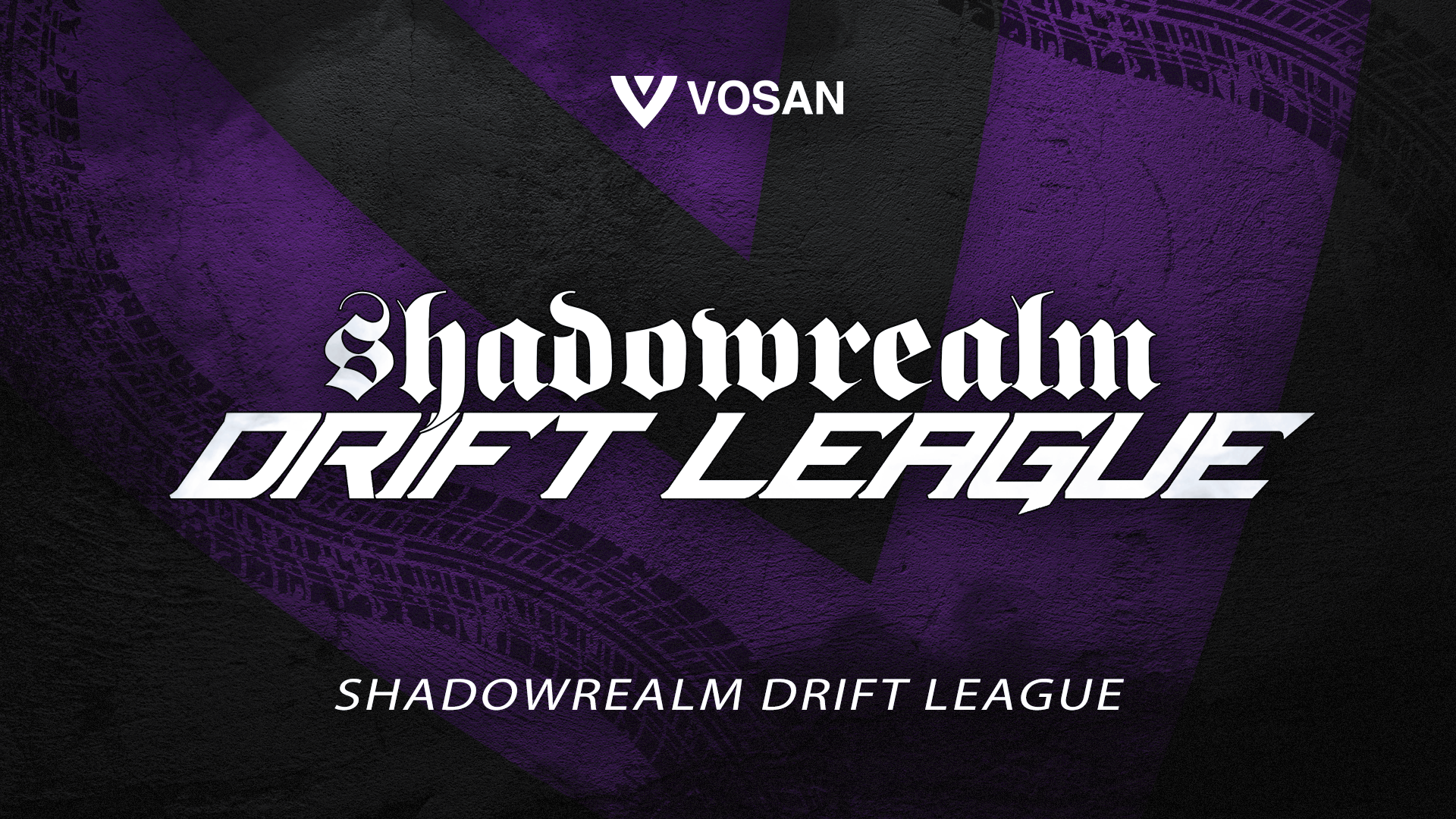
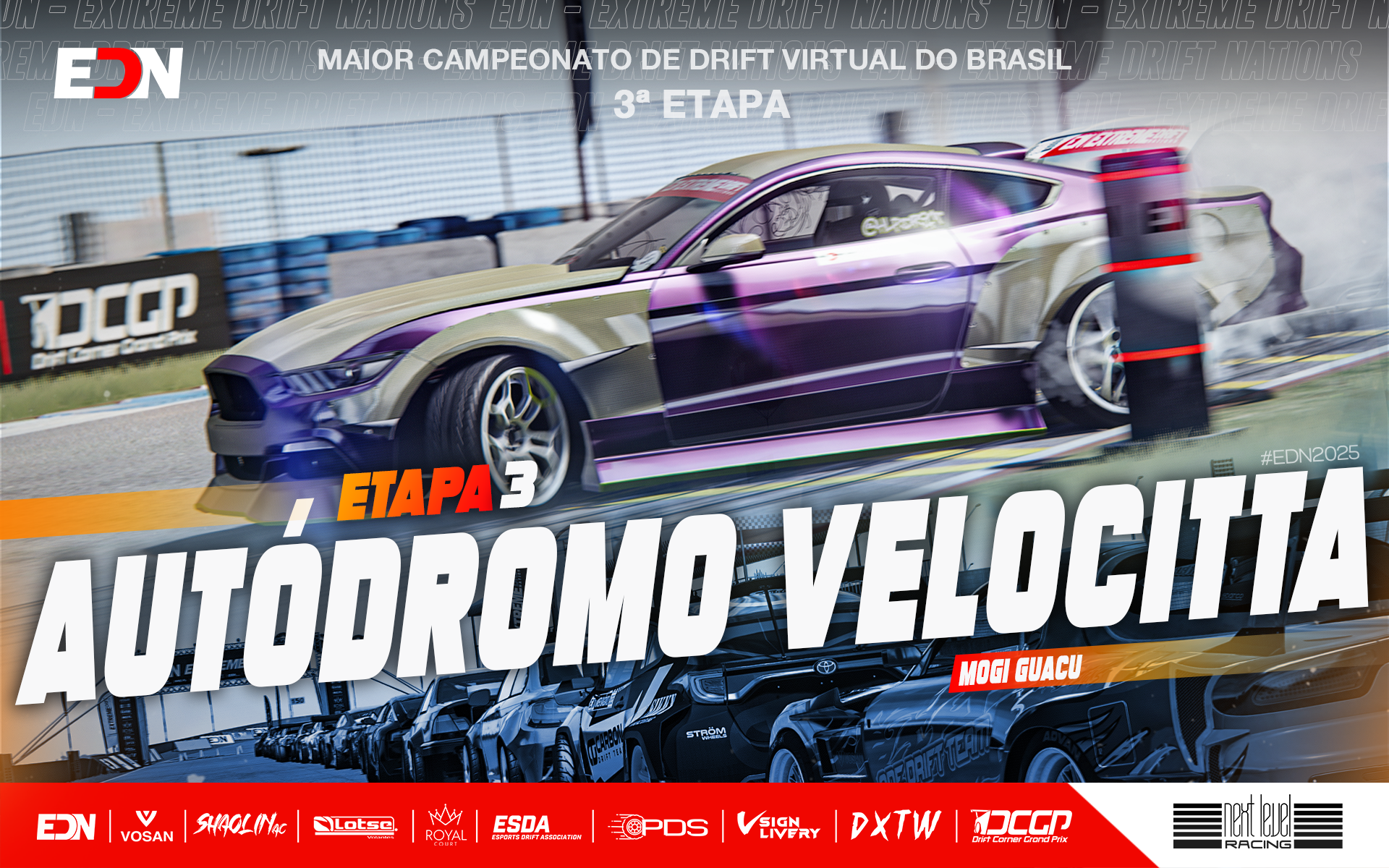
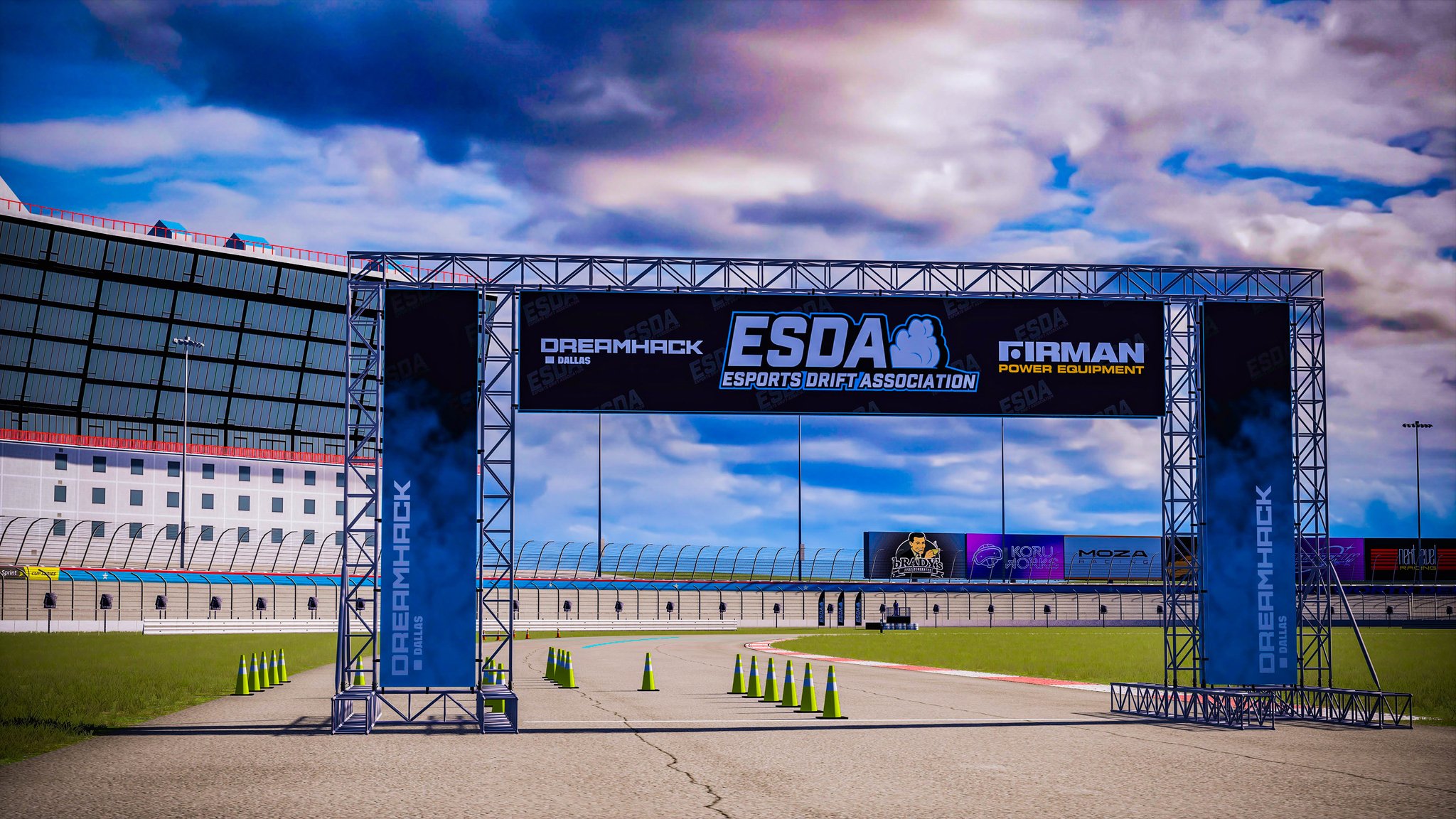
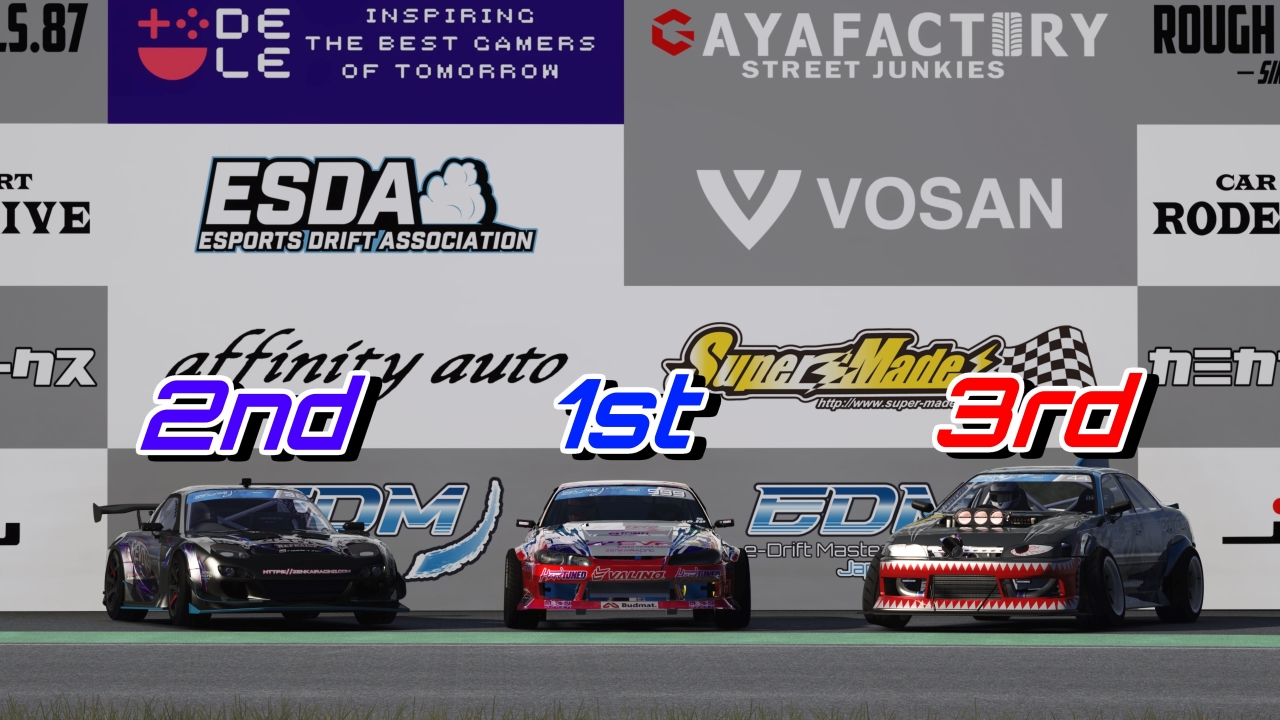
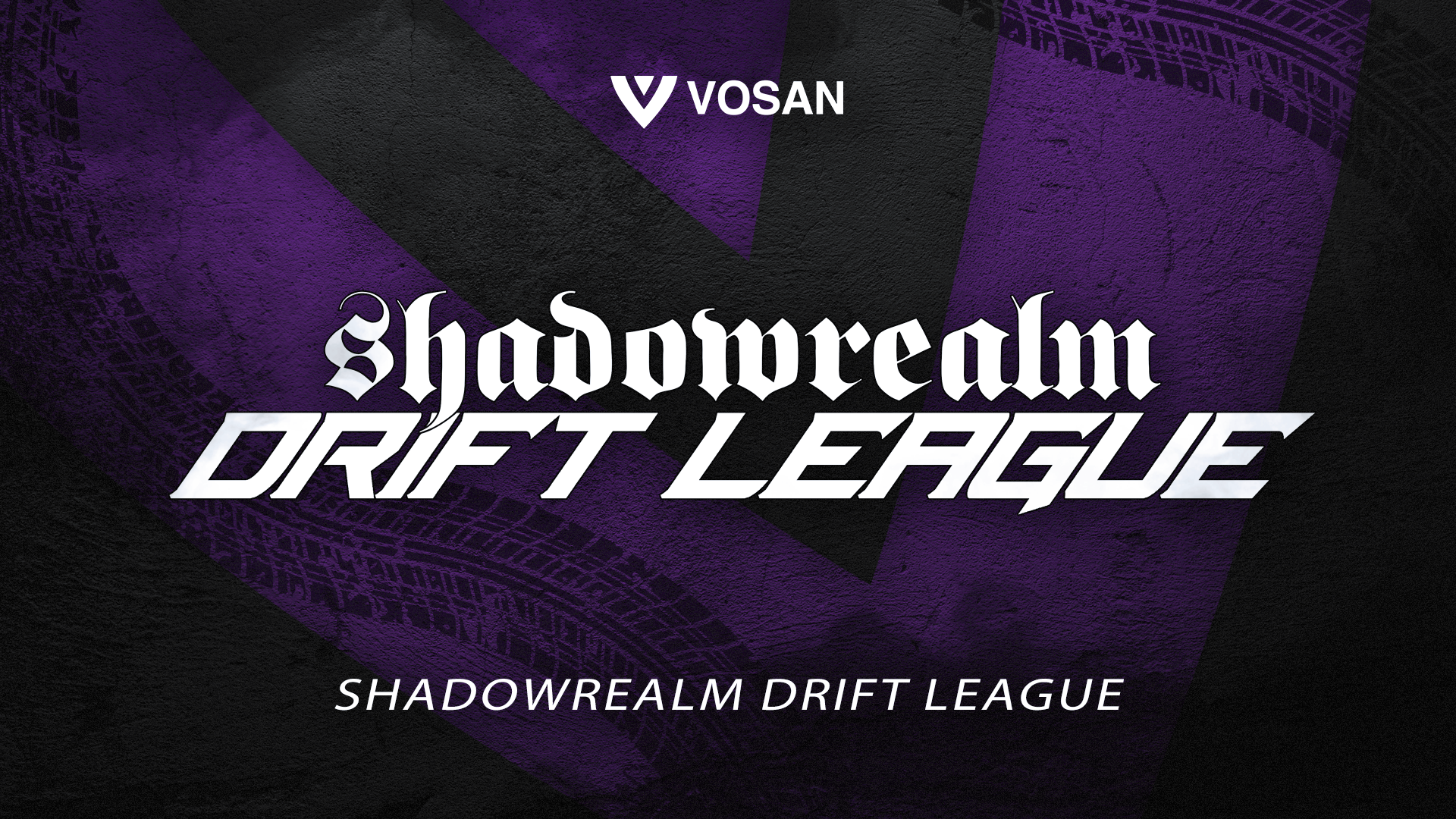
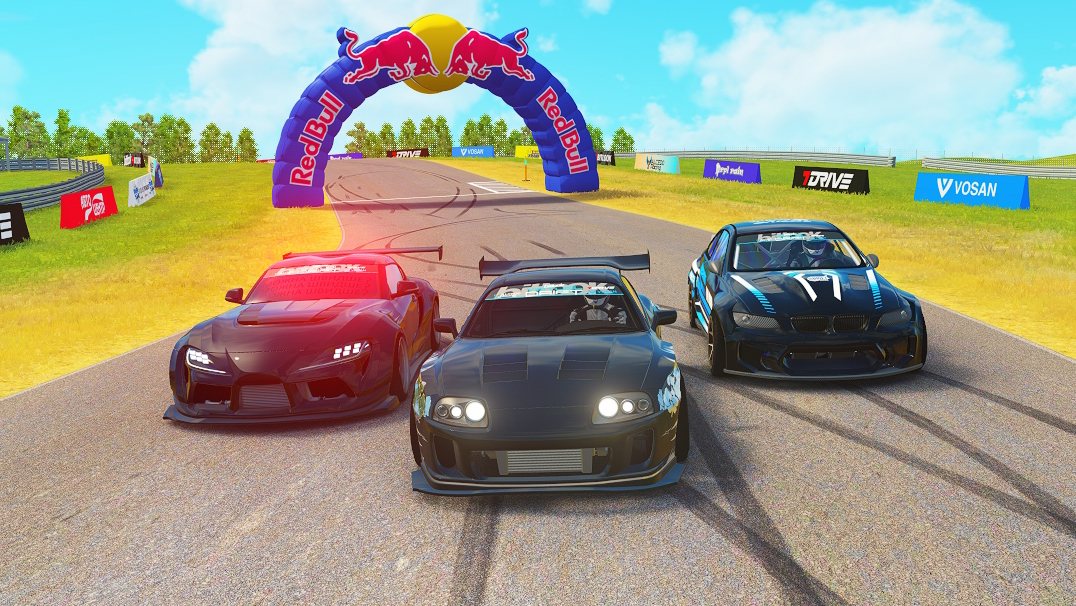
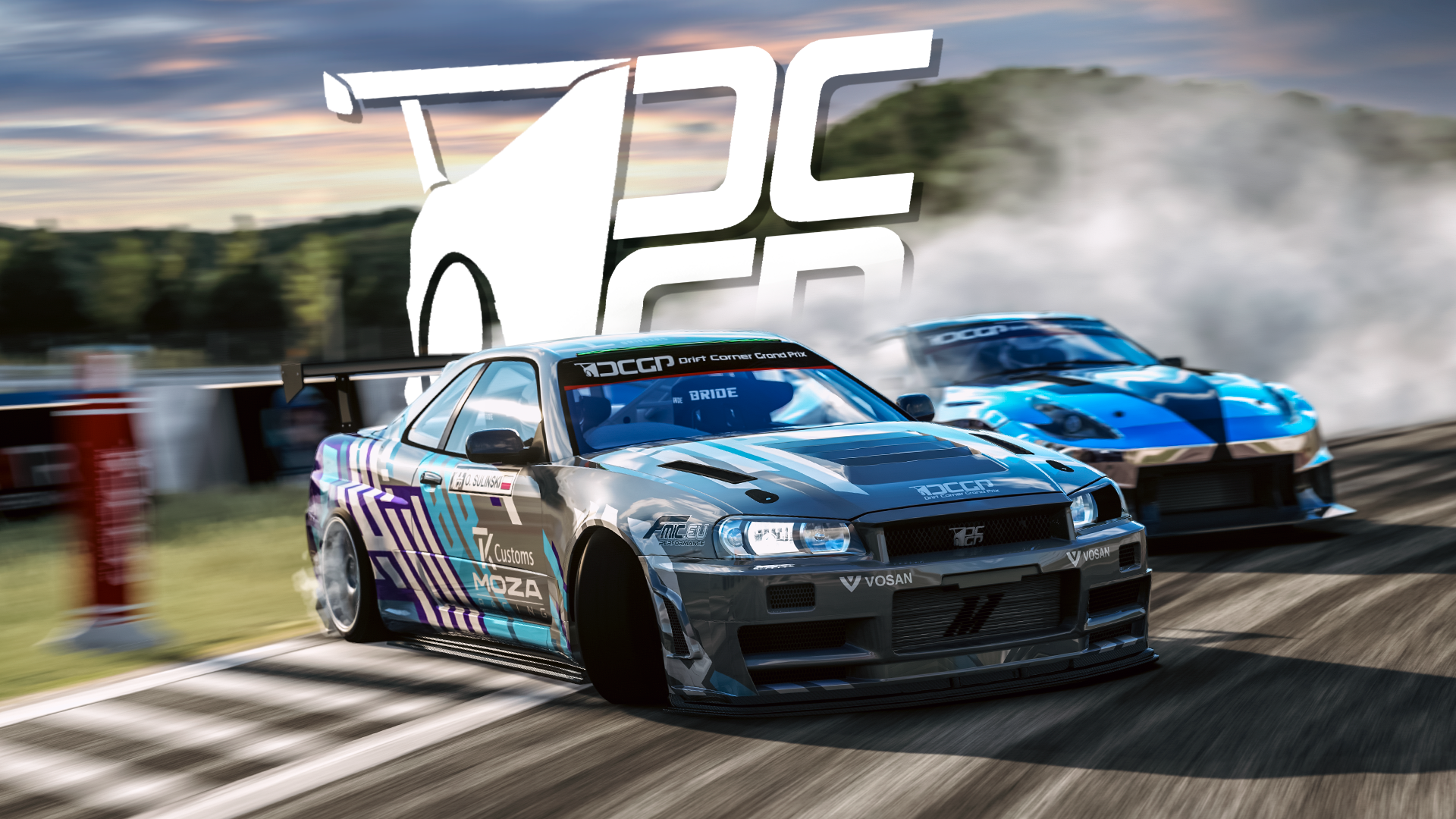
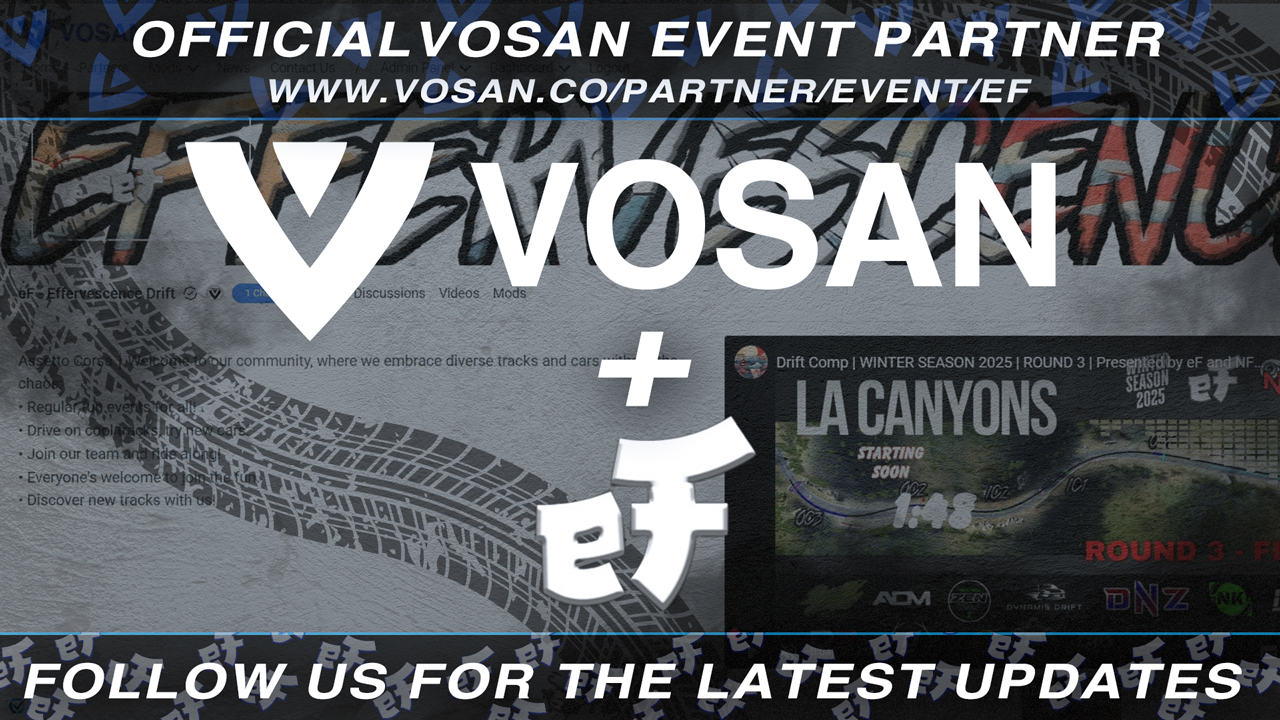
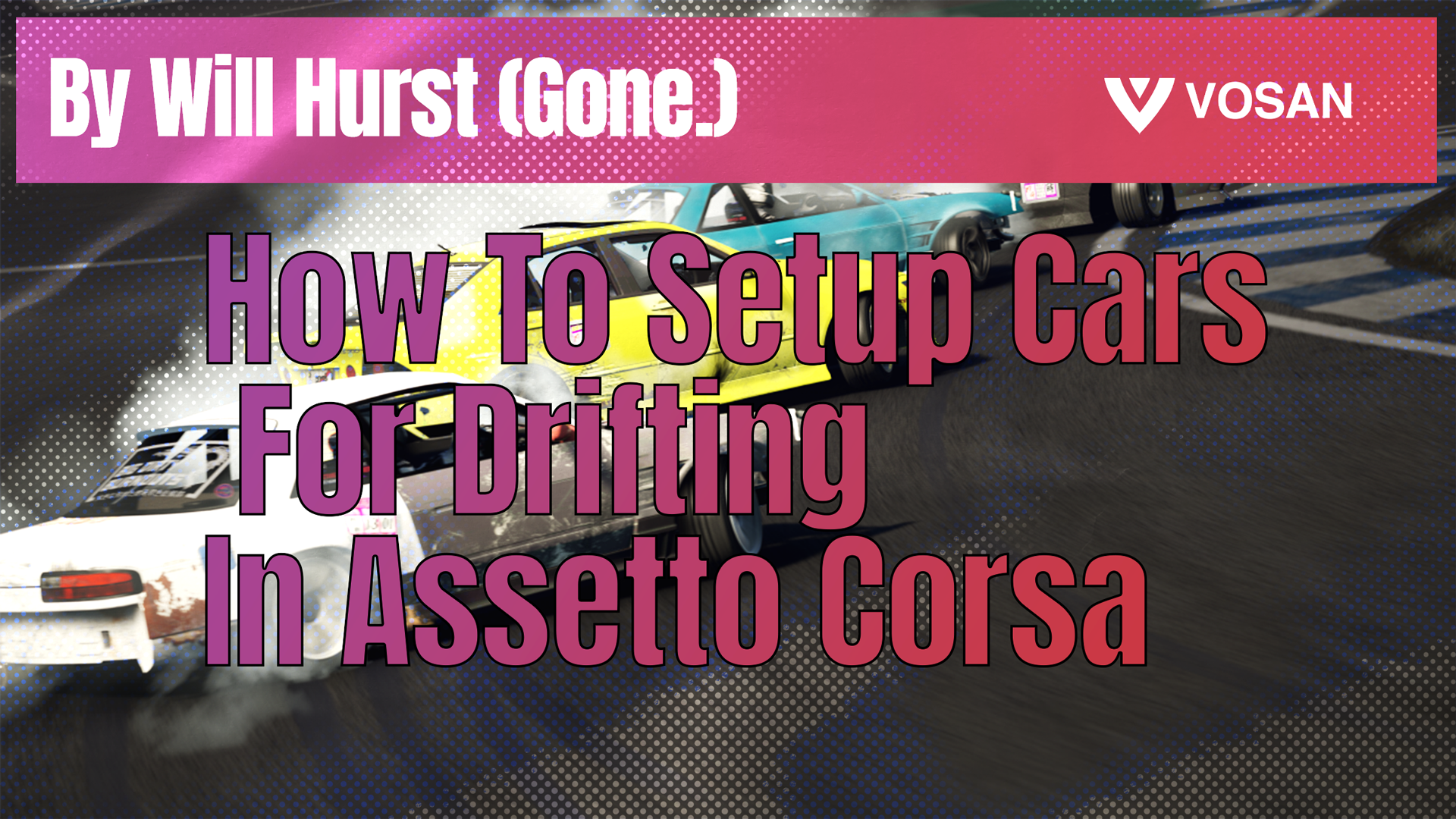
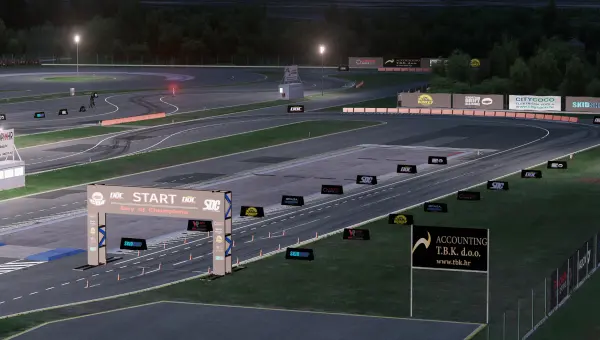
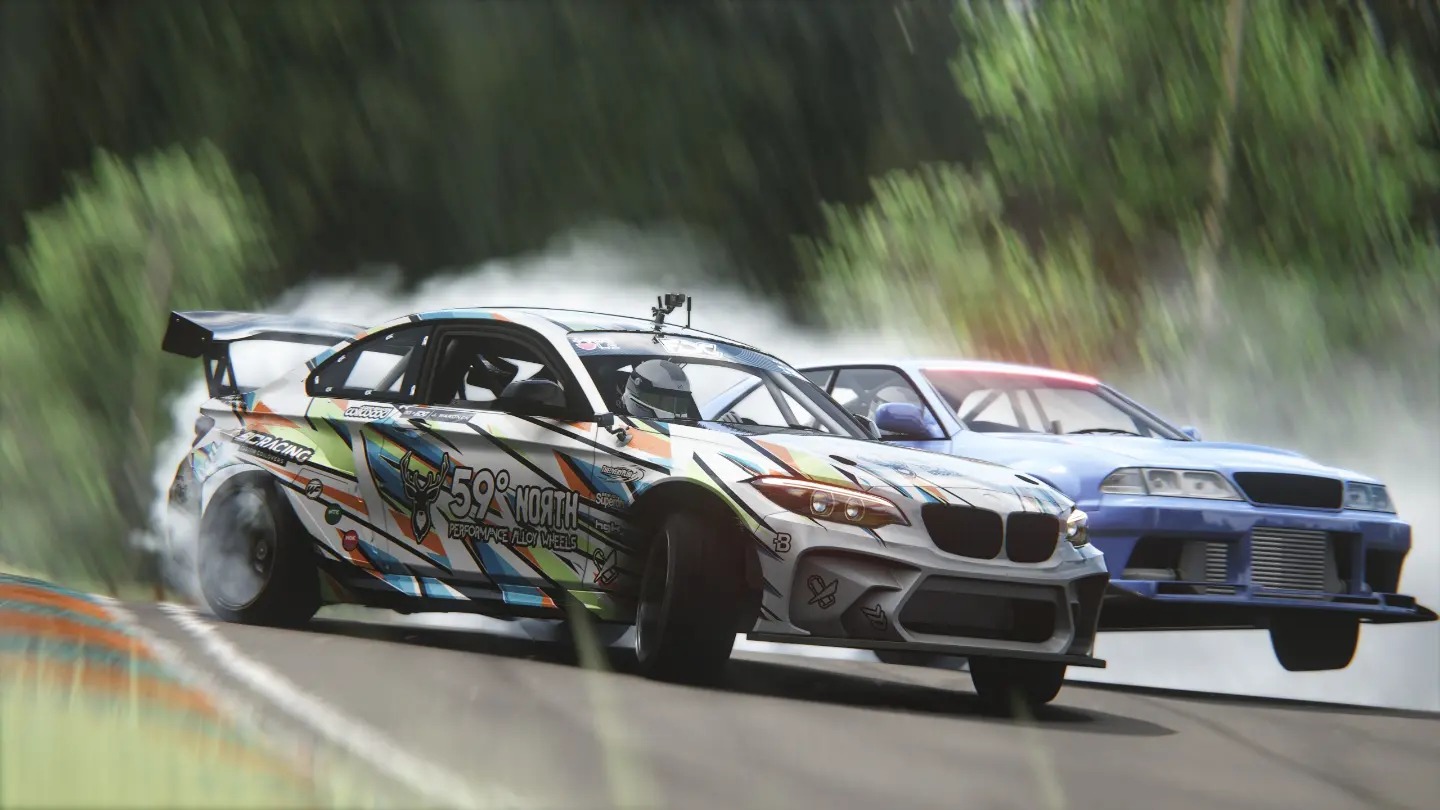
Report Comment